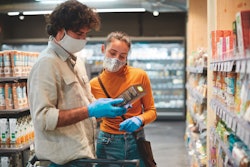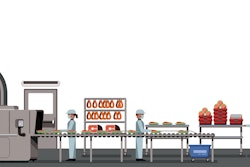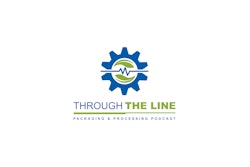
A group of six industry organizations released a report outlining four months of leafy green traceability pilots with supply chain partners, including growers, distributors, and both independent and chain retailers, as a response to the request by the U.S. Food and Drug Administration (U.S. FDA) for improved traceability in the food system.
The three pilots, conducted July through October, showed that investigations into foodborne illness outbreaks could be streamlined and conducted more effectively when supply chain partners provided extended product information during tracebacks. Additionally, the use of a standard template called the Produce Traceback Template to exchange pertinent product information was found to enhance the speed of tracing procedures. All of the pilots were successful in tracing the source of the affected product, says the report.
The six organizations that led this industry activity included: FMI-The Food Industry Association; GS1 US; the International Foodservice Distributors Association; the Institute of Food Technologists; Produce Marketing Association, and United Fresh Produce Association.
The pilots tracked romaine lettuce through three separate supply chains, starting with actual consumer purchases made with loyalty cards or credit cards. Small teams of industry experts mimicked the U.S. FDA’s role in conducting the traceback, including determining the data to be requested and how to format the requests for such data. Supply chain members, starting with the point-of-sale or point-of-service, used the template to provide key data elements that allowed an item to be traced back to its source. The expert groups conducting the traceback analyzed the information provided by each supply chain node to determine next steps.
Although the participants stated they would adopt the template in the future, the pilots revealed opportunities to refine the template and highlighted the need for a greater focus on education. The pilot report is intended to provide for future use of the template including additional industry training and modifications to maximize effectiveness and increase ease of use.
Notably, the data that enabled each of the teams to independently and successfully identify the finished product lot purchased by the consumer is not currently captured by the template. These data included business intelligence such as sales data, stock rotation, inventory controls and delivery schedules. These were critical in bracketing the scope of the traceback, according to the report.
“As outlined in the New Era of Smarter Food Safety Blueprint, pilots like these are necessary to determine what is needed for traceability to further scale, such as testing interoperability and public and private data sharing,” says Bryan Hitchcock, executive director of The Institute of Food Technologists’ global food traceability center, on behalf of the six organizations. “The pilots provided valuable insights that will inform future outbreak response and recall protocols, helping industry to work together to support the FDA’s focus on tech-enabled traceability.”


















